
Several years ago I worked in the Saskatchewan potash industry where I grew my appreciation for continuous mining systems. Some of the key benefits were the high productivity per man-hour and the safe operating conditions. On a 12 hour nightshift, with a crew of 16 people we could mine over 9,000 tonnes of ore. Productivity is likely even higher now with the larger machines. Therefore, since that time, I have always kept an eye out for when similar technology can be applied in hard rock mining.
One of the research areas we are seeing these days is the development of continuous cutting technology for hard rock mine development. The idea is to replace the conventional drill & blast approach with something more efficient and safer. No need to deal with explosives, noxious gases, shatter the wall rock, or have personnel scale their way under loose conditions.
Recently I was contacted by someone associated with Robbins asking if I was aware of their MDM5000 mine development technology. I wasn’t aware of it, but I wondered if there finally is a light at the end of the tunnel.
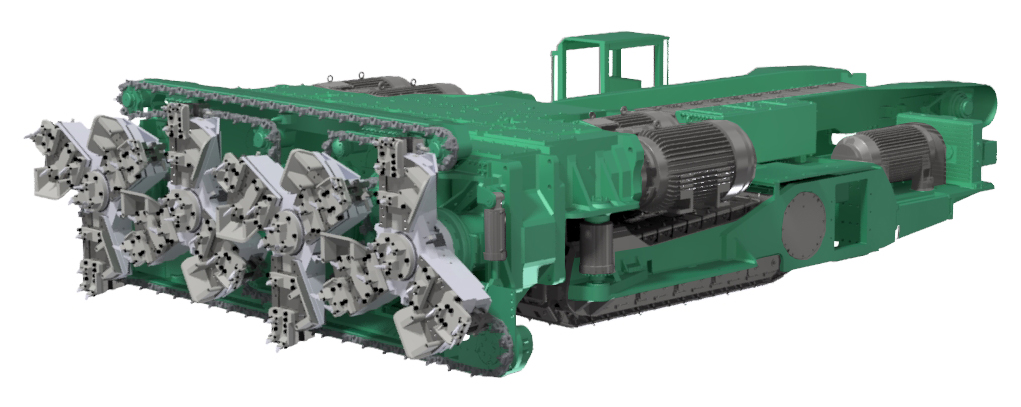
4-rotor miner
In Saskatchewan potash the entire mining operation relies on track-mounted continuous miner technology. The miners are connected directly to the shaft area using a network of conveyors, up to 10 km worth of conveyor.
The potash miners are able to undertake both development work and production mining whilst connected to conveyor.
From time to time they will rely on shuttle cars, scooptrams, or grasshopper conveyors for small development tasks. A roadheader may also be available for localized ground stabilization.
All of this mechanical cutting is done in potash (sylvinite rock), considered a soft rock with a compressive strength of 20-40 MPa. For comparison, hard rock can have compressive strengths exceeding 250 MPa.
Two approaches in hard rock
Hard rock piloting trials are underway at a few operations, using different vendors with different equipment. These trials include companies like Komatsu, Robbins, Sandvik, and Epiroc. Each are testing their own equipment and cutting technologies.
The hard rock cutting approaches generally fall into two camps.

Roadheader style
There are the track mounted roadheader style cutters, typically with a movable arm used to shape the excavation. Any excavation shape is possible.

Tunnel Borer Style
Then there are the tunnel borer styles, where the machine propels itself with hydraulic shoes and the opening shape is based on the machine configuration. Normally a circular shaped opening is the result.
The roadheader style cutter is normally restricted to softer rock (< 50 MPa) while the tunnel borer is capable of much harder rock (200-250 MPa).
Robbins MDM5000
One system that peaked my interest is the Robbins MDM5000 because it can both cut hard rock and create a rectangular opening. Speaking with the vendor, this unit uses shoes to propel itself while cutting a rectangular shaped opening about 5m x 4.5m in size (see image). A rectangular shape is preferred to the circular opening whereby the floor invert must be backfilled to provide a level operating surface.
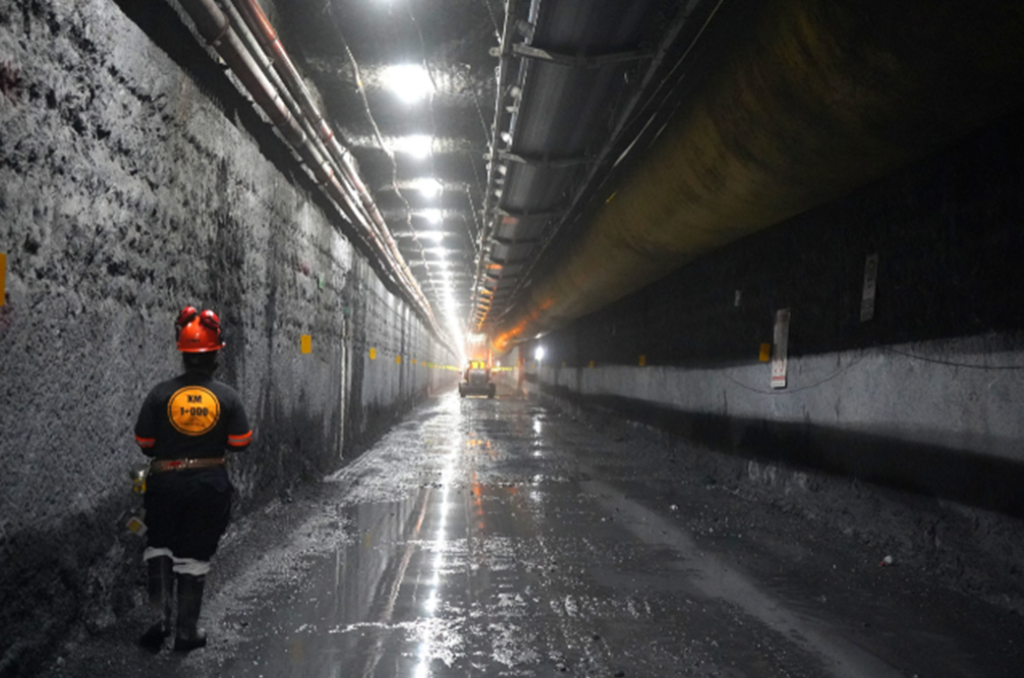
MDM5000 opening shape
The MDM5000 configuration and advance rate allows the installation of ground support and utilities behind the advancing face. Water sprays and dust collectors help to maintain visibility and air quality at the working face.
The Robbins unit is best suited for long straight drives although reportedly it can turn curves with 450-m radius. Tighter turns may be feasibility in the future by tweaking the machine design. Interestingly driving a drift uphill is easier than driving downhill due to the more efficient cuttings removal capability.
The MDM5000 unit can be linked to a Robbins conveyor system, which includes a head drive and an extensible belt storage unit that can feed out the conveyor belt as the machine advances forward. This operation is similar to that used in the Saskatchewan potash industry.

Robbins MDM5000
A Robbins machine has been in operation at the Fresnillo mine for several years with favorable results (check out the link here).
One nice thing about disc cutters is that they can accommodate variable rock types (softer and harder) while road headers can be hindered by hard rock zones. Roadheaders require a bit more consistency in rock quality.
Continuous cutting systems, such as the MDM5000, can be combined with vertical conveying technology, leading to safe and rapid development (>200m per month) in the right situation.
Conclusion
No doubt that we will eventually see more application of hard rock continuous cutting technology in the right situations. The Stillwater Mine in Montana has been using a Robbins tunnel borer for years for development tasks.
No matter how well these new systems perform, there will still be some limitations. This means the conventional drill and blast development will always be around. However, keep your eyes on this mining technology sector as improvements in cutter head design and equipment mobility continue to evolve.
Coincidentally International Mining (Nov-Dec 2021) recently published an in-depth article on the various systems being looked at. The link is here.



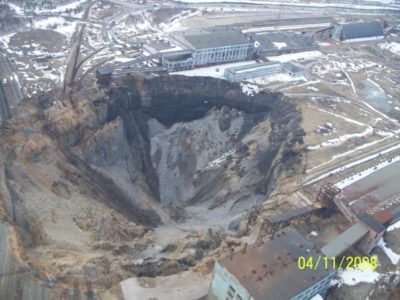

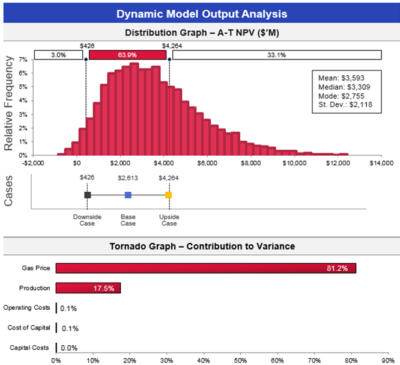
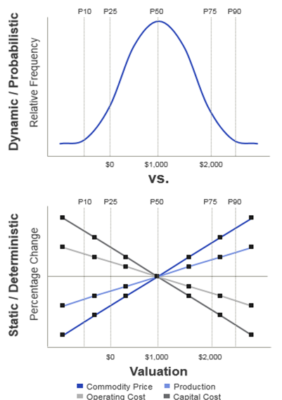

 At the exploration stage one only has drill interval data from news releases to examine. A resource estimate may still be unavailable.
At the exploration stage one only has drill interval data from news releases to examine. A resource estimate may still be unavailable.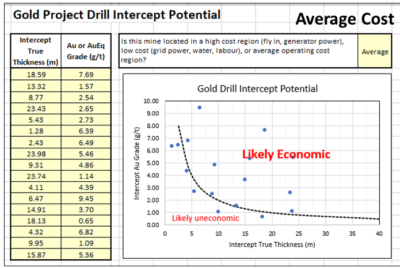 Using information from a news release, I create a two column Excel table of highlighted intervals and assay grades. The nice thing about using intervals is that the company has provided their view of the mineable widths.
Using information from a news release, I create a two column Excel table of highlighted intervals and assay grades. The nice thing about using intervals is that the company has provided their view of the mineable widths.




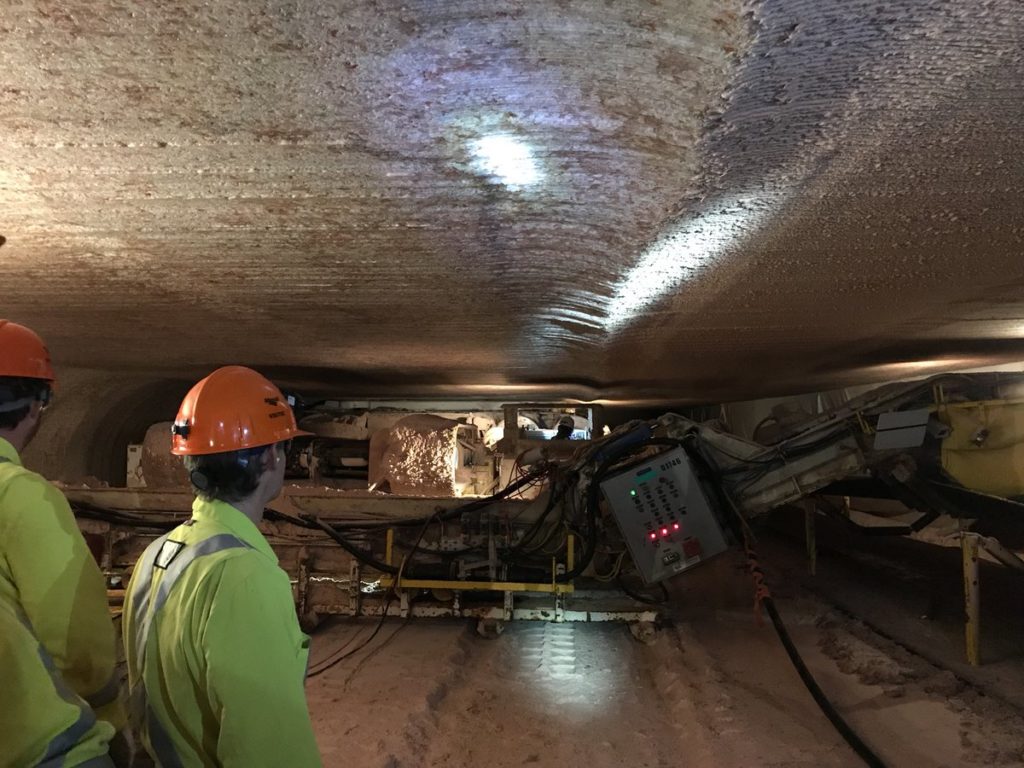


 Loadscan has been around for a few years, but I only became aware of it recently. It is a technology that allows the rapid assessment of the load being carried in truck. It does not rely on the use of load cells or weigh scales to measure the payload.
Loadscan has been around for a few years, but I only became aware of it recently. It is a technology that allows the rapid assessment of the load being carried in truck. It does not rely on the use of load cells or weigh scales to measure the payload.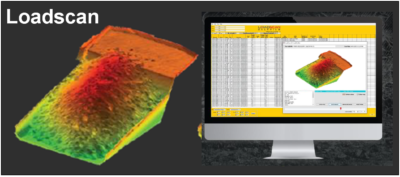 What is interesting about this technology is that it is simple to install in an operation. It does not require retrofitting of a truck.
What is interesting about this technology is that it is simple to install in an operation. It does not require retrofitting of a truck. SedimentIQ is a new smartphone vehicle tracking platform that is trying to establish itself. Their proposed technology makes use of a phone’s built-in GPS, Bluetooth, and accelerometer to track vehicle operation. The phone’s sensor can measure vibrations produced by an operating truck or loader.
SedimentIQ is a new smartphone vehicle tracking platform that is trying to establish itself. Their proposed technology makes use of a phone’s built-in GPS, Bluetooth, and accelerometer to track vehicle operation. The phone’s sensor can measure vibrations produced by an operating truck or loader.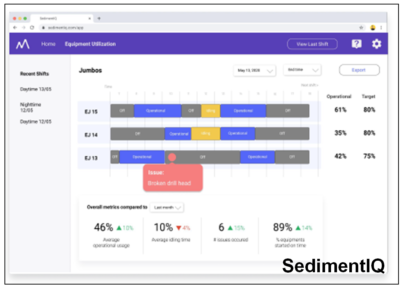 The SedimentIQ software will aggregate the cycle time and delay information and upload it in real time to a cloud based database. A web-based dashboard allows anyone with access to view the real time production data graphically or export it to Excel.
The SedimentIQ software will aggregate the cycle time and delay information and upload it in real time to a cloud based database. A web-based dashboard allows anyone with access to view the real time production data graphically or export it to Excel.
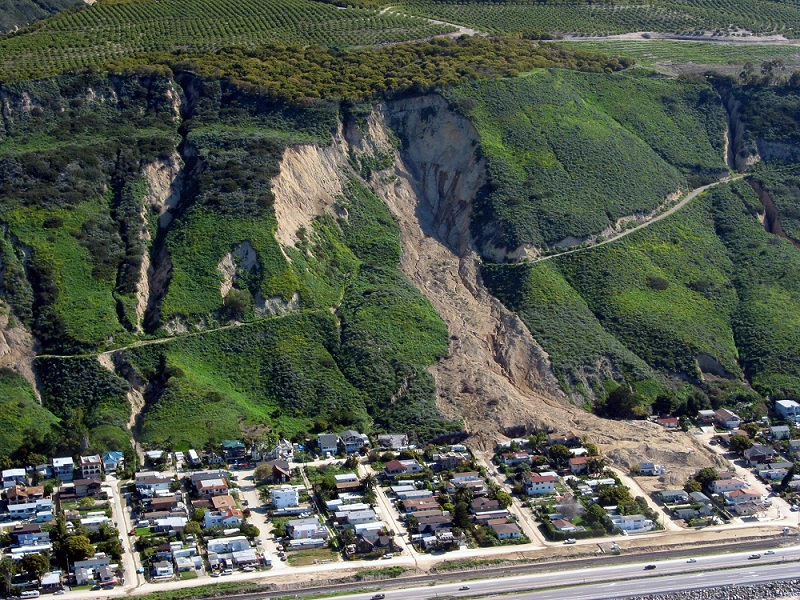 This pessimism training started early in my career while working as a geotechnical engineer. Geotechnical engineers were always looking at failure modes and the potential causes of failure when assessing factors of safety.
This pessimism training started early in my career while working as a geotechnical engineer. Geotechnical engineers were always looking at failure modes and the potential causes of failure when assessing factors of safety. When undertaking a due diligence, particularly for a major company or financier, we are not hired to tell them how great the project is. We are hired to look for fatal flaws, identify poorly based design assumptions or errors and omissions in the technical work. We are mainly looking for negatives or red flags.
When undertaking a due diligence, particularly for a major company or financier, we are not hired to tell them how great the project is. We are hired to look for fatal flaws, identify poorly based design assumptions or errors and omissions in the technical work. We are mainly looking for negatives or red flags. It has been my experience that digging in a data room or speaking with the engineering consultants can reveal issues not identifiable in a 43-101 report. Possibly some of these issues were mentioned or glossed over in the report, but you won’t understand the full extent of the issues until digging deeper.
It has been my experience that digging in a data room or speaking with the engineering consultants can reveal issues not identifiable in a 43-101 report. Possibly some of these issues were mentioned or glossed over in the report, but you won’t understand the full extent of the issues until digging deeper. My hesitance in investing in some companies unfortunately can be penalizing. I may end up sitting on the sidelines while watching the rising stock price. Junior mining investors tend to be a positive bunch, when combined with good promotion can result in investors piling into a stock.
My hesitance in investing in some companies unfortunately can be penalizing. I may end up sitting on the sidelines while watching the rising stock price. Junior mining investors tend to be a positive bunch, when combined with good promotion can result in investors piling into a stock. Most times the issue is something we couldn’t fully address given the level of study. We might have been forced to make best guess assumptions to move forward. The review engineers will have their opinions about what assumptions they would have used. Typically the common comment is that our assumption is too optimistic and their assumption would have been more conservative or realistic (in their view).
Most times the issue is something we couldn’t fully address given the level of study. We might have been forced to make best guess assumptions to move forward. The review engineers will have their opinions about what assumptions they would have used. Typically the common comment is that our assumption is too optimistic and their assumption would have been more conservative or realistic (in their view).
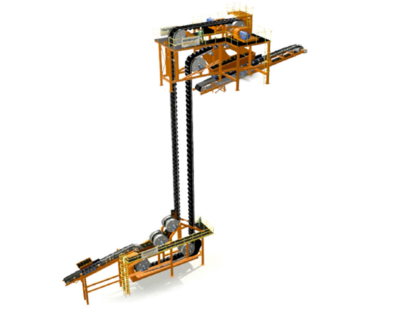 The background information on vertical conveying was provided to me by FKC-Lake Shore, a construction contractor that installs these systems. FKC itself does not fabricate the conveyor hardware. A link to their website is
The background information on vertical conveying was provided to me by FKC-Lake Shore, a construction contractor that installs these systems. FKC itself does not fabricate the conveyor hardware. A link to their website is  The FLEXOWELL®-conveyor system is capable of running both horizontally and vertically, or any angle in between. These conveyors consist of FLEXOWELL®-conveyor belts comprised of 3 components: (i) Cross-rigid belt with steel cord reinforcement; (ii) Corrugated rubber sidewalls; (iii) transverse cleats to prevent material from sliding backwards. They can handle lump sizes varying from powdery material up to 400 mm (16 inch). Material can be raised over 500 metres with reported capacities up to 6,000 tph.
The FLEXOWELL®-conveyor system is capable of running both horizontally and vertically, or any angle in between. These conveyors consist of FLEXOWELL®-conveyor belts comprised of 3 components: (i) Cross-rigid belt with steel cord reinforcement; (ii) Corrugated rubber sidewalls; (iii) transverse cleats to prevent material from sliding backwards. They can handle lump sizes varying from powdery material up to 400 mm (16 inch). Material can be raised over 500 metres with reported capacities up to 6,000 tph.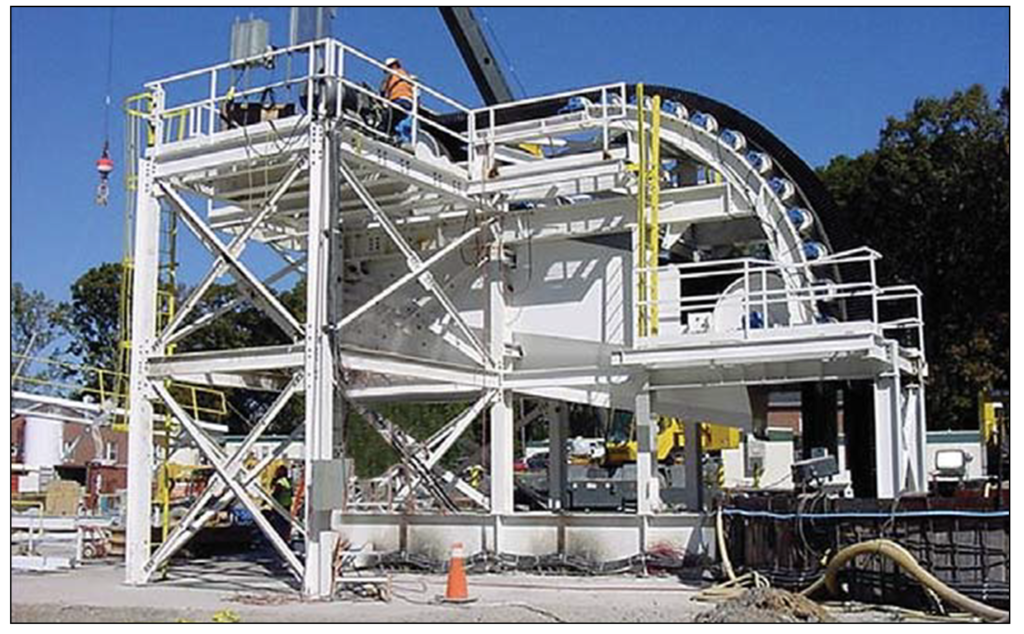 Vendors have evaluated the use of vertical conveying against the use of a conventional vertical shaft hoisting. They report the economic benefits for vertical conveying will be in both capital and operating costs.
Vendors have evaluated the use of vertical conveying against the use of a conventional vertical shaft hoisting. They report the economic benefits for vertical conveying will be in both capital and operating costs. The vendors indicate the conveying system should be able to achieve heights of 700 metres. This may facilitate the use of internal shafts (winzes) to hoist ore from even greater depths in an expanding underground mine. It may be worth a look at your mine.
The vendors indicate the conveying system should be able to achieve heights of 700 metres. This may facilitate the use of internal shafts (winzes) to hoist ore from even greater depths in an expanding underground mine. It may be worth a look at your mine.
 Based on my own career, mining has definitely provided me with a chance to travel the world. It will also help anyone overcome their fear of travel. One will also learn that both international and domestic travel can be as equally rewarding. There is nothing wrong with learning more about your own country.
Based on my own career, mining has definitely provided me with a chance to travel the world. It will also help anyone overcome their fear of travel. One will also learn that both international and domestic travel can be as equally rewarding. There is nothing wrong with learning more about your own country.

 Business travel has always been one of the best parts of my mining career. I can remember the details about a lot of the travel that I did. Unfortunately the project details themselves will blur with those of other projects.
Business travel has always been one of the best parts of my mining career. I can remember the details about a lot of the travel that I did. Unfortunately the project details themselves will blur with those of other projects.
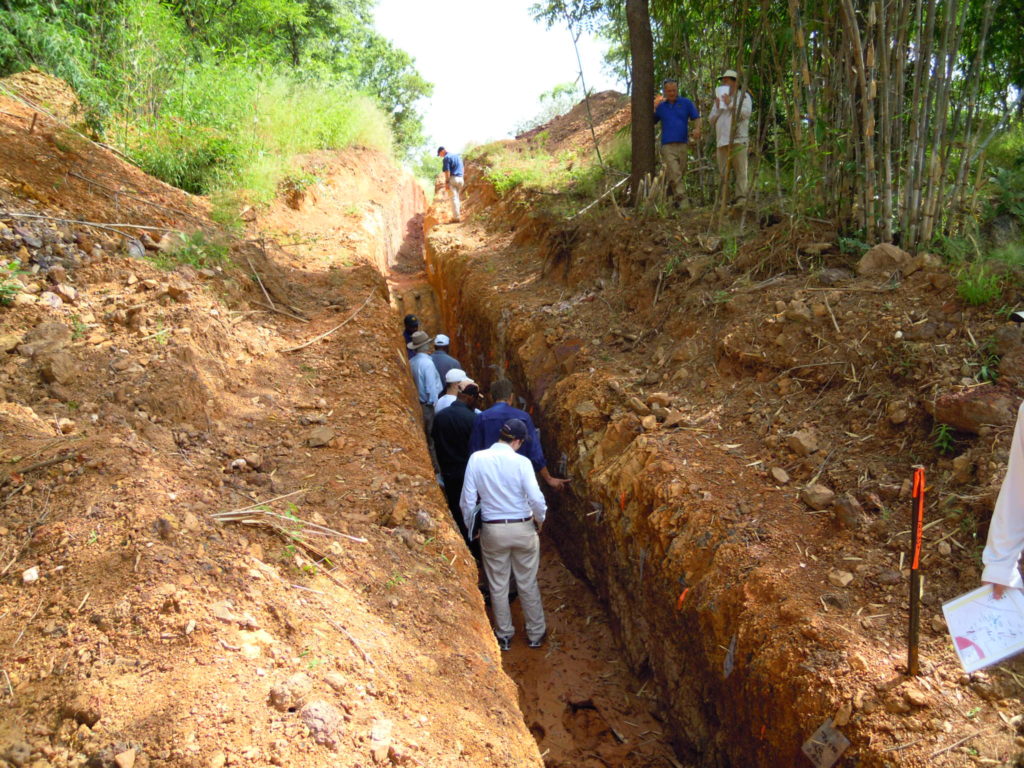 While waiting for various third-party due diligences to be completed, the company continue to do exploration drilling. There were still a lot of untested showings on the property and geologists need to stay busy.
While waiting for various third-party due diligences to be completed, the company continue to do exploration drilling. There were still a lot of untested showings on the property and geologists need to stay busy.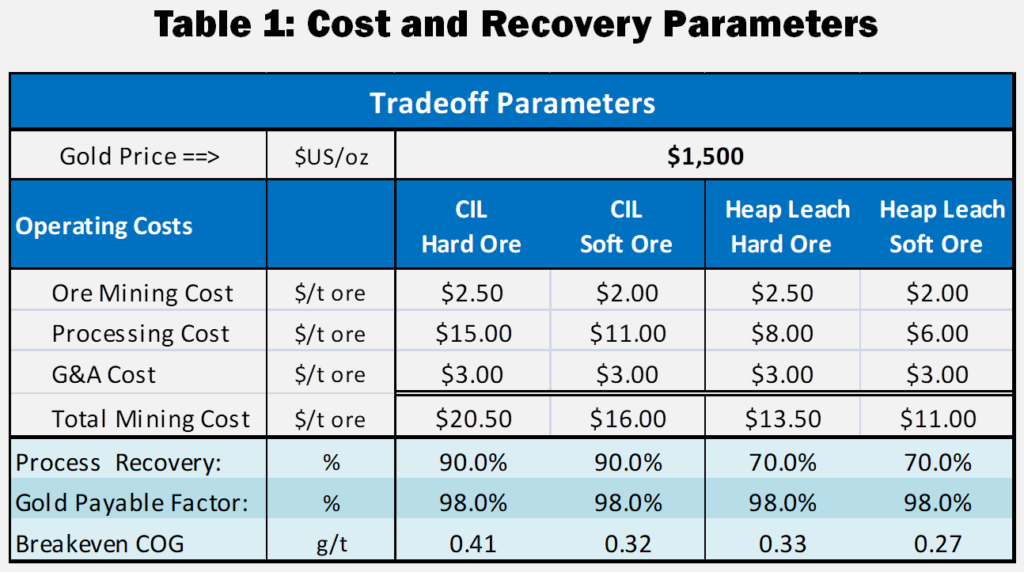 With regards to the Heap Leach PEA, we did not wish to complicate the Feasibility Study by adding a new feed supply to that plant from mixed CIL/HL pits. The heap leach project was therefore considered as a separate satellite operation.
With regards to the Heap Leach PEA, we did not wish to complicate the Feasibility Study by adding a new feed supply to that plant from mixed CIL/HL pits. The heap leach project was therefore considered as a separate satellite operation.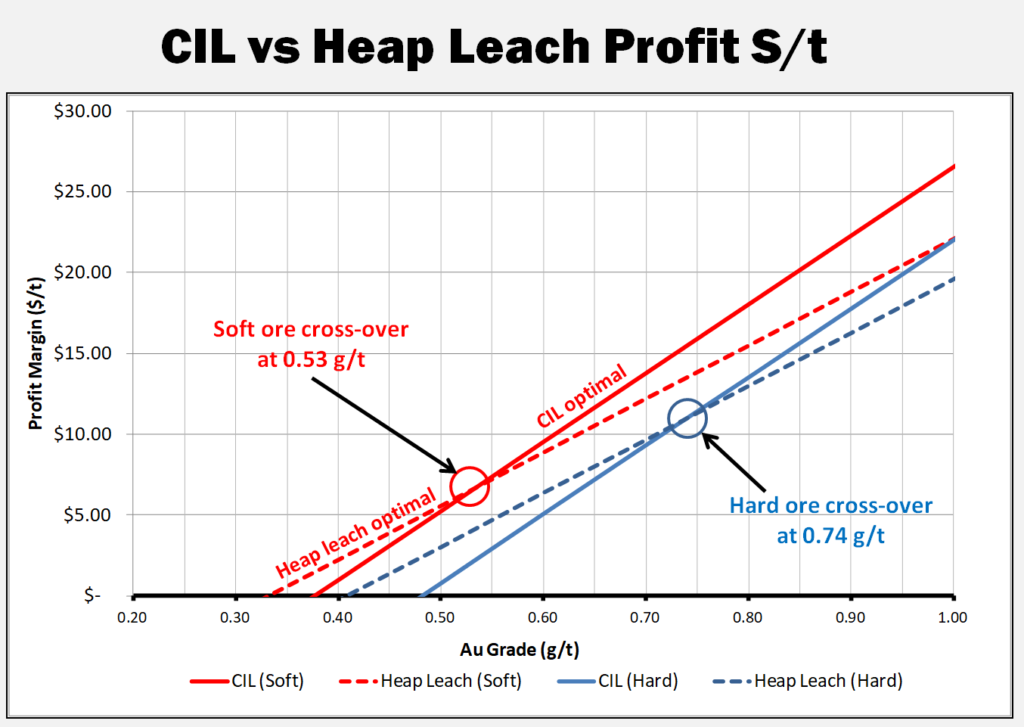 I have updated and simplified the trade-off analysis for this blog. Table 1 provides the costs and recoveries used herein, including increasing the gold price to $1500/oz.
I have updated and simplified the trade-off analysis for this blog. Table 1 provides the costs and recoveries used herein, including increasing the gold price to $1500/oz.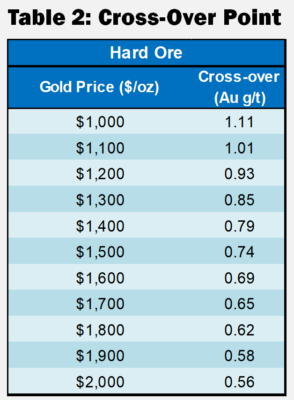 These cross-over points described in Table 2 are relevant only for the costs shown in Table 1 and will be different for each project.
These cross-over points described in Table 2 are relevant only for the costs shown in Table 1 and will be different for each project.
 Normally I don’t write about mining stock markets, preferring instead to focus on technical matters. However I have seen some recent discussions on Twitter about stock price trends. For every stock there are a wide range of price expectations. Ultimately some of the expectations and realizations can be linked back to the Lassonde Curve.
Normally I don’t write about mining stock markets, preferring instead to focus on technical matters. However I have seen some recent discussions on Twitter about stock price trends. For every stock there are a wide range of price expectations. Ultimately some of the expectations and realizations can be linked back to the Lassonde Curve.
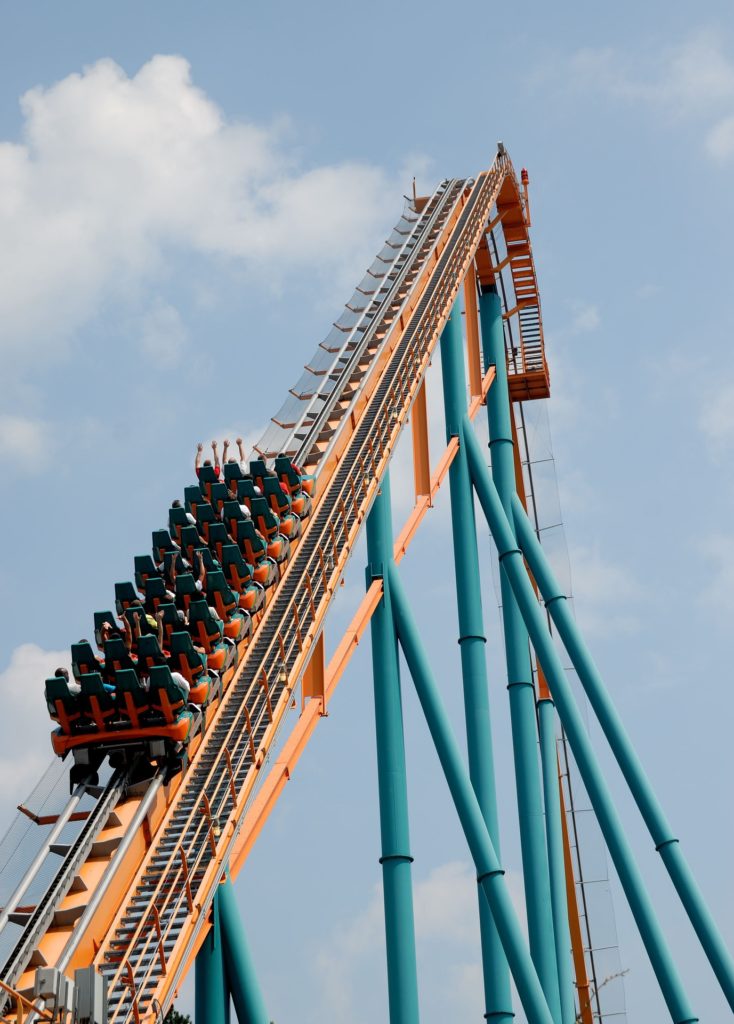
 Stage 5 is the start-up and commercial production period, possibly nerve-racking for some investors. This is where the rubber hits the road. The stock price can fall if milled grades, operating costs, or production rates are not as expected.
Stage 5 is the start-up and commercial production period, possibly nerve-racking for some investors. This is where the rubber hits the road. The stock price can fall if milled grades, operating costs, or production rates are not as expected. Some corporate presentations will highlight the Lassonde Curve, particularly when they are rising in Stage 1. You are less likely to see the curve presented when they are rolling along in Stages 2 or 3.
Some corporate presentations will highlight the Lassonde Curve, particularly when they are rising in Stage 1. You are less likely to see the curve presented when they are rolling along in Stages 2 or 3.